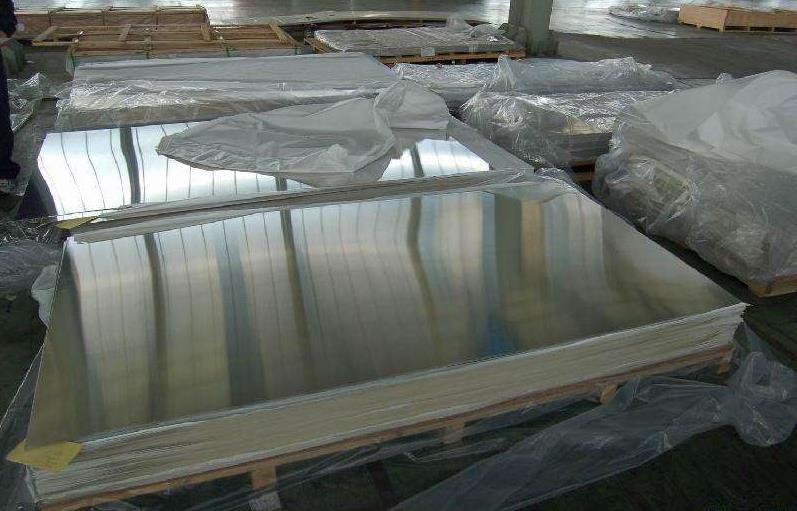-
 Call Now ! 0086-13390692151
Call Now ! 0086-13390692151 -
 Email Now sale@kfqizhongji.com
Email Now sale@kfqizhongji.com



304 and 316 stainless steel plates are common stainless steel materials that are widely used in many applications.
304 and 316 stainless steel plates are common stainless steel materials that are widely used in many applications. Their main differences are chemical composition and corrosion resistance.
304 stainless steel plate is composed of 18% chromium and 8% nickel, while 316 stainless steel plate contains 16% chromium, 10% nickel and 2% molybdenum. This gives the 316 stainless steel plate better corrosion resistance, especially in high temperatures and acidic environments.
Because molybdenum is added to the 316 stainless steel plate, its corrosion resistance is better than that of the 304 stainless steel plate. 316 stainless steel plate has higher corrosion resistance in seawater and chloride environments.

316 stainless steel plate has better heat treatment properties than 304 stainless steel plate. It can be used at higher temperatures and has better heat resistance.
304 stainless steel plates are widely used in furniture, kitchen appliances, building decoration and other fields, while 316 stainless steel plates are more commonly used in fields such as marine, chemical industry, and medical equipment that require higher corrosion resistance.
Manufacturing process:
● One-step smelting: The molten iron is directly added to the AOD (argon oxygen refining furnace) to perform decarburization, desulfurization, alloy composition adjustment and other processes to obtain stainless steel liquid, which is then cast into slabs.
● Two-step smelting: The scrap steel is melted, oxidized, reduced and other processes in the EAF (electric arc furnace) to obtain molten steel with higher carbon content, which is then sent to AOD for refining to obtain stainless steel liquid, which is then cast into slabs.
● Three-step smelting: The scrap steel is melted, oxidized, reduced and other processes in the EAF to obtain molten steel with higher carbon content, which is then sent to AOD for refining to obtain stainless steel liquid with lower carbon content, which is then sent to VOD (vacuum refining) furnace) for degassing, further reducing the carbon content and impurity content, etc., to obtain high-purity stainless steel liquid, which is finally cast into a slab.